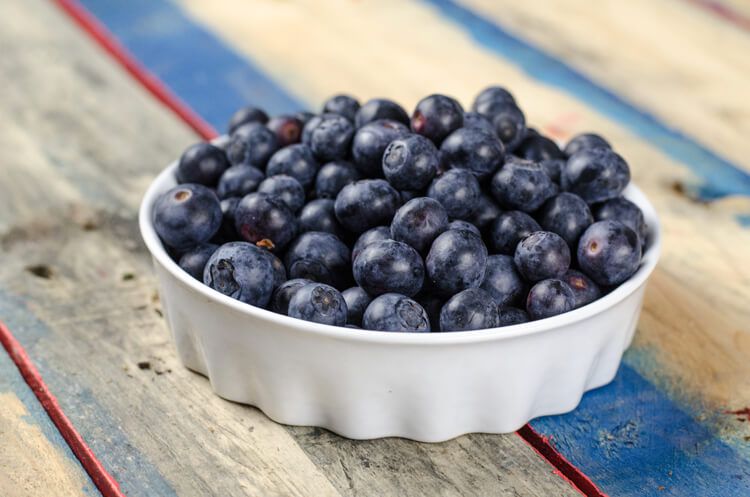6 Types of Foods that Reduce Mold-Derived Inflammation
While MoldBlogger already provides various sources on the topic of the anti-fungal diet, the focus of this article is to suggest anti-inflammation-specific foods you can quickly incorporate into your routine now that will help reduce the unbearable symptoms without halting the much-needed work of inflammation.
Plant-based Omega-3 Fats —
- seaweed
- algae oil
- flaxseed/flaxseed oil
- hempseed oil
- camelina oil
- chia seeds/chia seed oil
- walnuts
- dark leafy greens (romaine, arugula, spinach, purslane)
- beans (mung, soy, navy, kidney)
Omega-3 foods have shown to reduce inflammation, as well as diminish oxidative stress.
Dark Leafy Greens —
- kale
- romaine
- arugula
- spinach
- purslane
- collard greens
- Swiss chard
- endive
- turnip greens
- beet greens
Dark leafy greens particularly target chronic inflammation due to their vitamins A, D, E, and K, as well as their alpha-linolenic acid (and omega-3) content.
Herbs and Spices —
- clove
- ginger
- turmeric
Most herbs and spices have anti-inflammatory values to some extent, but these three are proven to be the most potent. Their antioxidant and anti-inflammatory benefits are due to their various constituents, such as eugenol, 6-gingerol, and curcumin.
Fruits —
- blueberries
- green apples
- grapefruit
Like herbs and spices, most fruits contain anti-inflammatory properties, but because mold sufferers must adhere to a strict anti-fungal diet that cuts out sugar, the list has been narrowed down to these three fruits. Blueberries, green apples, and grapefruit have low sugar content and are also quite potent as anti-inflammatories.
Tea —
- Tulsi (holy basil tea)
- ginger tea
- Yerba Mate Tea
- Redbush (rooibos)
- peppermint tea
- lavender tea
- rosemary tea
- rosehip tea
Caffeinated teas only exacerbate mold and inflammatory issues. Therefore, only non-caffeinated teas have been included in this list. These teas contain antioxidants and micro-nutrients (vitamins and minerals) that fight inflammation and support immune function.
Fermented Foods —
- miso
- coconut milk kefir
- tempeh
- natto
- olives
Fermented foods offer naturally-derived probiotics. Probiotics produce lactic and acetic acids that aid in rebalancing the pH of the intestines, creating an acidic atmosphere in the gut, which stymies fungal overgrowth. This is why it is important to furnish the gut with an adequate supply of probiotics, and specifically probiotics such as lactic acid-based bacteria (lactobacillus) that have developed naturally in a food source that facilitates preservation and enables an increase in probiotic content. (Some choose to use probiotic supplementation through capsules to ensure that the friendly bacteria can pass safely through the stomach’s acidic secretions.)
Adding these foods to your diet now will be helpful when you are prepared to make the shift to a completely anti-fungal/anti-inflammatory diet. Begin by replacing the oils you cook with, substitute coconut milk kefir for your yogurt, enjoy sampling tempeh or natto, slowly transition from your green tea or your coffee to the non-caffeinated options above, make more dishes that call for the three most potent herbs and spices, incorporate more dark leafy green salads in your routine. No matter what changes you make or how gradual you make them, you are taking one step closer to lasting relief.
Related Topics
Foods to Avoid When You Have Mold or Yeast in Your Body
Foods to Eat When You Have Mold or Yeast in Your Body
TheWife is the mother and personal chef of two boys, the domestic technician of a three-bedroom desert home, and occasionally, a freelance writer and editor. Feel free to follow her on Twitter @TheWifesLife

